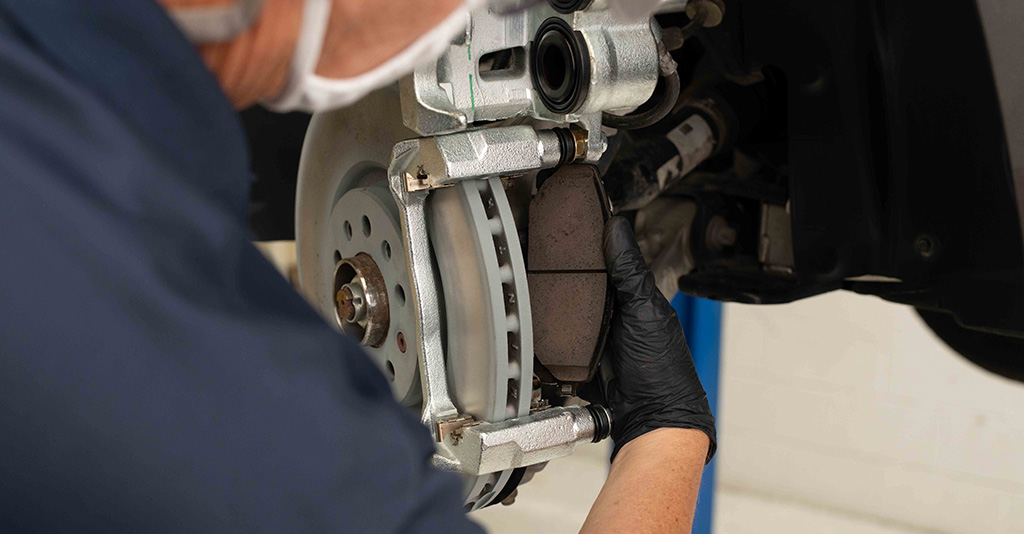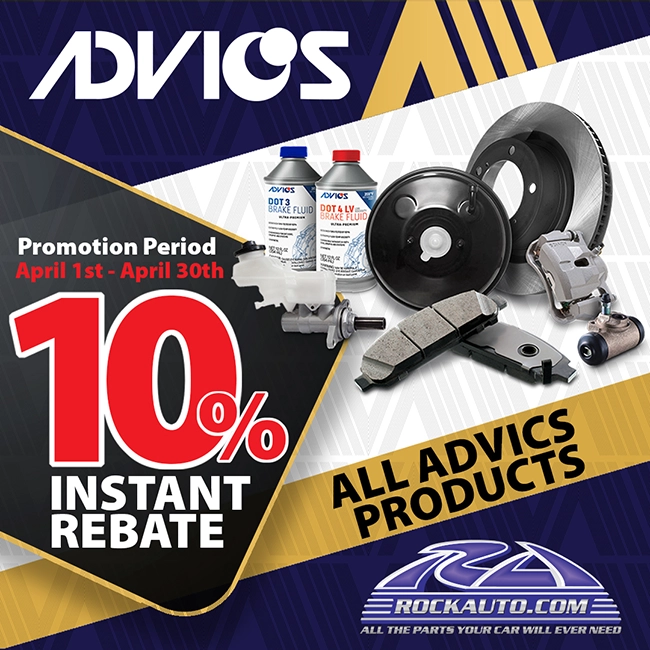
May 10, 2021
Ceramic brake pads are still a relatively new technology, but have quickly become the stock brake pad material of choice for many luxury vehicle brands including Mercedes Benz, Jaguar, Lexus and Range Rover, to name just a few.
Due to their cost, material quality, performance and high-end brand association, ceramic brake pads are often seen as the “best” brake pad material choice. As a technician, you may experience customers asking for this friction material by name, but you also know that ceramic brake pads aren’t always right for every customer and every vehicle.
Check out the chart below for some ceramic brake pad pros and cons, so you can be sure to recommend them for the right applications.
Pros:
- Quieter braking events, emitting a noise that is above the normal human range of hearing. Ceramic brake pads will be quieter than organic or semi-metallic brake pads.
- Reduced brake dust. Ceramic brake pads produce a dust that is lighter in color and less likely to stick to wheels.
- Longer lasting, compared to organic or semi-metallic brake pads, due to the compounds in the friction material.
- Efficient heat dissipation which yields a longer brake pad lifespan susceptibility to fading or warping.
- Stable under a dynamic range of temperatures for reliable performance.
- Durable and better resistant to salt and water than other friction materials, making ceramic brake pads a great choice for harsher climates or environments with salted roads.
Cons:
- Ceramic brake pads are usually the most expensive friction option.
- Less bite than semi-metallic brake pads and less suitable for extremely cold climates.
- Possible higher braking system temperatures due to less heat absorbency than other friction materials.
- Not recommended for severe-duty applications like hauling, requiring greater pressure on the system to get the same stopping power as under regular driving conditions.
- Ceramic brake pads can create excessive rotor wear if rotors are not the same high quality as the brake pads themselves. This is why it’s important to make sure that the entire braking system on the vehicle is made up of parts that are engineered to work together.
The Bottom Line
There isn’t a universal “best brake pad” to recommend to every customer, but there is a “better choice” depending on a customer’s vehicle and driving style.
Ceramic brake pads are best recommended to customers who do a lot of commuting/city driving, enjoy the look of cleaner rims free of black brake dust and don’t push their vehicle through severe-duty use like heavy towing or track driving.
Being able to confidently break down the pros and cons of ceramic brake pads will not only help customers to better understand how their braking system functions, but also ensure that they leave with the right automotive brakes for safe driving that extends far beyond the shop.

